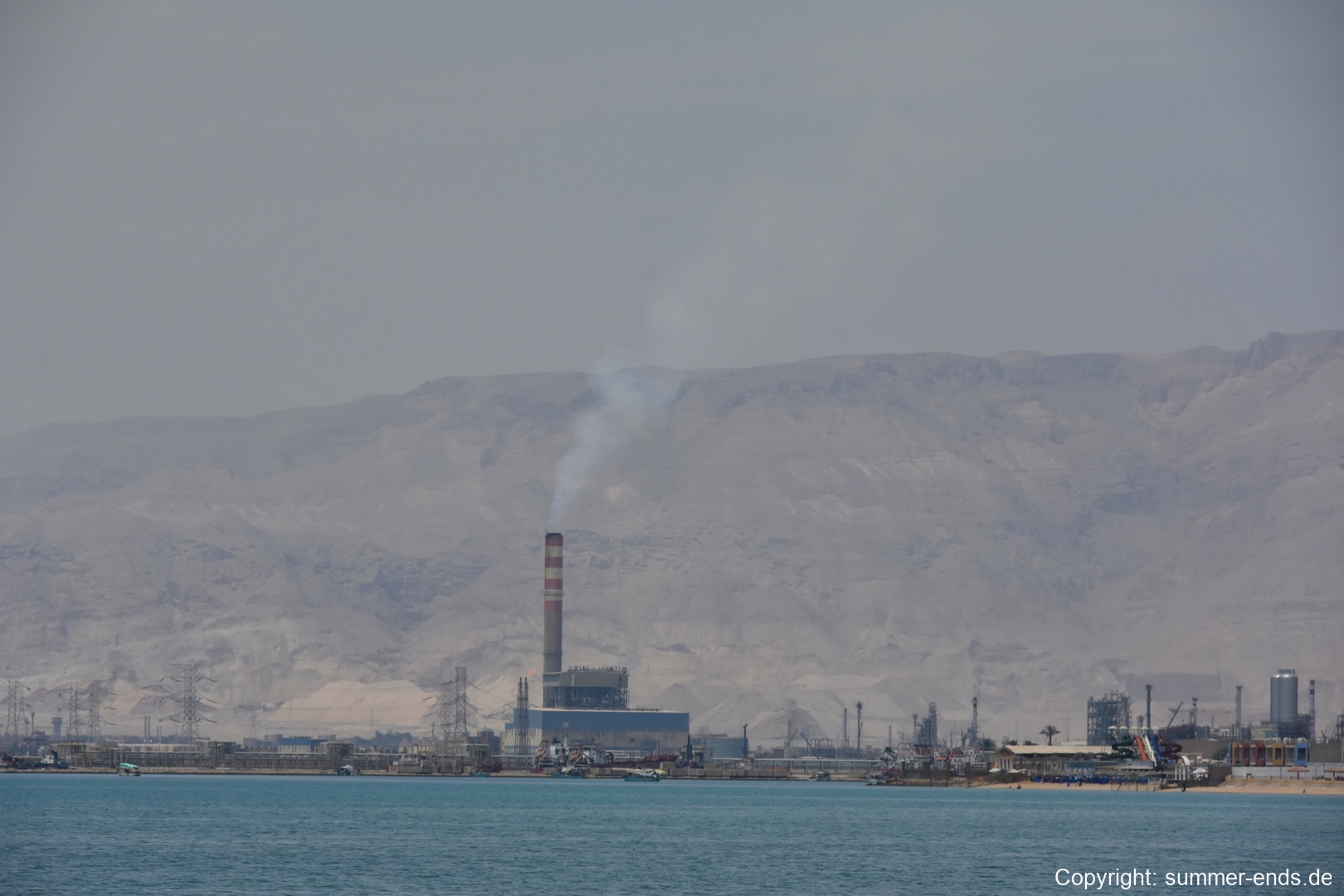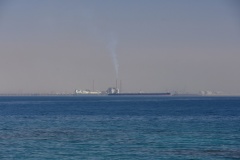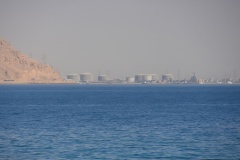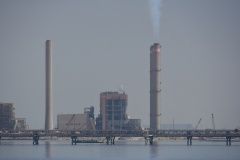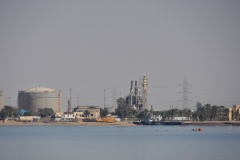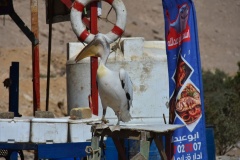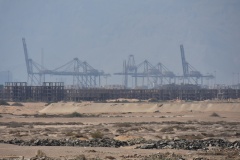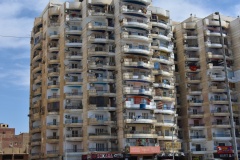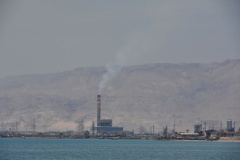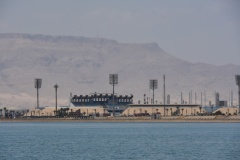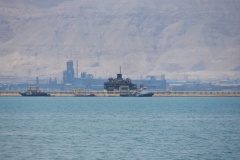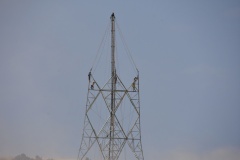Suez – Egypt’s Historic Gateway Between Two Seas
Discover the City of Suez and the World-Famous Suez Canal
Located at the southern tip of the Suez Canal, the city of Suez is one of Egypt’s most historically and strategically important cities. Often overlooked by travelers, Suez serves as a vital maritime link between the Mediterranean Sea and the Red Sea and offers visitors a mix of industrial history, maritime heritage, and unique local culture.
Historical Significance of Suez
Suez has been a key trade hub for centuries, dating back to ancient times when it served as a port connecting Egypt to the Red Sea and beyond. However, it rose to global prominence in the 19th century with the construction of the Suez Canal—a revolutionary engineering feat that opened in 1869.
The canal dramatically shortened sea routes between Europe and Asia, cementing Suez’s position as one of the world’s most important shipping centers.
Top Attractions and Things to See in Suez
1. Suez Canal
The city’s main landmark, the Suez Canal, is a must-see for visitors. While much of the canal is an active industrial zone, there are several vantage points where you can observe massive cargo ships passing through this vital waterway.
Highlights:
- Watching enormous vessels navigate the canal
- Learning about the canal’s history and its impact on global trade
- Exploring nearby towns and ferry crossings along the canal
Tip: The best views are often from the bridges or ferry areas near Port Tawfiq.
2. Port Tawfiq
This historic port area is one of the city’s oldest districts and played a significant role during the construction and early days of the Suez Canal.
Highlights:
- Old colonial-style buildings reflecting Suez’s international past
- Fishing harbor and markets offering fresh seafood
- Local cafés and traditional Egyptian restaurants
3. Suez National Museum
A smaller but informative museum showcasing the history of Suez, from ancient times through the modern era, with special exhibits on the canal.
Highlights:
- Artifacts related to maritime trade and the canal
- Ancient relics from the region
- Exhibitions about the city’s role in regional conflicts
4. Moses Springs (Ayun Musa)
Located about 20 kilometers south of Suez, these springs are believed to be the biblical site where Moses turned bitter water into drinkable water during the Exodus.
Highlights:
- Peaceful desert oasis with palm trees
- Small historical and religious significance
- Good for a quick stop on your way to or from Sinai
Activities in Suez
- Canal Watching: One of the few places on earth where you can watch ships seemingly “sailing through the desert.”
- Local Cuisine: Try fresh seafood, especially grilled fish, shrimp, and calamari.
- Shopping: Visit traditional souks for Egyptian spices, sweets, and textiles.
- Photography: Capture scenes of industrial shipping juxtaposed with desert landscapes.
Practical Travel Tips for Suez
- Best Time to Visit: October to April, when temperatures are milder.
- Getting There: Approximately 1.5–2 hours from Cairo by car or bus.
- Transportation: Taxis and minibuses are common within the city.
- Dress Code: Modest clothing recommended, as the city is more conservative than tourist resort towns.
- Safety: Suez is generally safe but is mainly a working port city—not focused on tourism—so respect local customs and remain aware of your surroundings.
Nearby Destinations to Combine with Suez
- Ain Sokhna: Popular beach destination with resorts, about 55 km from Suez.
- Ismailia: A quieter, green city further north along the Suez Canal.
- Cairo: Egypt’s capital, easily accessible for city breaks.

